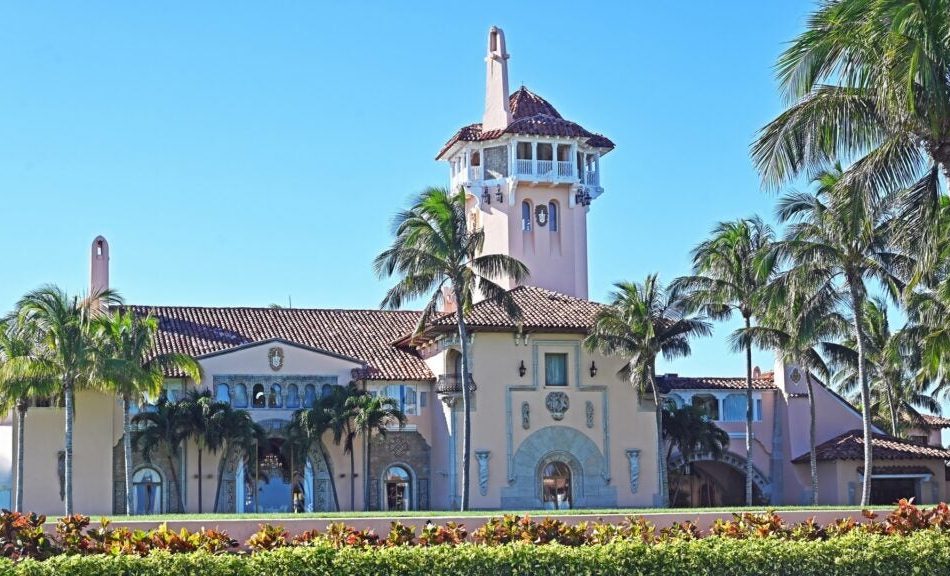Mar-a-Lago's Original Owner Lived In A Lavish 36-Room Estate In D.C. — Here's What It's Like Inside
Before Mar-a-Lago became Donald Trump’s Florida retreat, it was a winter escape for Marjorie Merriweather Post, the powerhouse heiress behind the General Foods empire. In the spring and fall, however, her home base was Hillwood Estate, a sprawling 26,000-square-foot mansion in Washington, D.C. that served as more than a personal retreat — it was a meticulously curated museum of 18th-century French and Russian art.
Don’t Miss:
Post bought Hillwood in 1955 and gave it a full makeover, transforming it into a 36-room showplace of her collections. Business Insider recently visited the home. The estate’s interiors reflected her distinct eye for beauty and history, with rooms like the French Drawing Room, where gilded panels from Louis XVI’s time and original fireplaces were on display. The Icon Room housed treasures of Russian Orthodox art, including Fabergé eggs once gifted by Russian Tsars to family members. An avid collector, Post installed custom display cases throughout the house, filling them with porcelain, paintings and exquisite artifacts — rarely found outside museums.
But Hillwood wasn’t just an indoor paradise. Its grounds spanned 25 acres of manicured lawns and themed gardens. Among these were the Japanese Garden, designed by Shogo Myaida in the 1950s, and a formal French parterre with English ivy walls, lending the garden an outdoor “room” feel. Post’s dedication to elegance extended even to the Lunar Lawn, where she hosted parties with a view of the Washington Monument peeking through the trees.
Trending: ‘Beating the market through ethical real estate investing’ — this platform aims to give tenants equity in the homes they live in while scoring 17.38% average annual returns for investors – here’s how to join with just $100
Visitors could also see Hillwood’s unique kitchen, which, though lavish for its time, required all dishes to be hand-washed because Post’s fine china and porcelain couldn’t go in a dishwasher. The butler’s pantry was fully stocked with General Foods products. They indicated her ties to the food empire she helped build.
Post was known for her hospitality, often inviting school groups and art lovers to view her private collection. She envisioned Hillwood as a public museum, which it became after her death. Every detail — down to the lilac sofas in the Pavilion with trays for snacks during movie screenings — shows her legacy of sharing beauty and art with others.
Today, Hillwood remains a grand time capsule and one of D.C.’s hidden gems. The public can now experience the opulent life of one of America’s most remarkable businesswomen.
Read Next:
Market News and Data brought to you by Benzinga APIs
© 2024 Benzinga.com. Benzinga does not provide investment advice. All rights reserved.





Leave a Reply